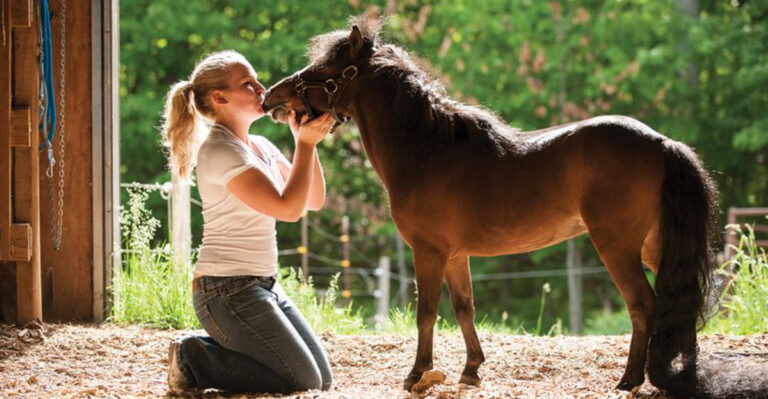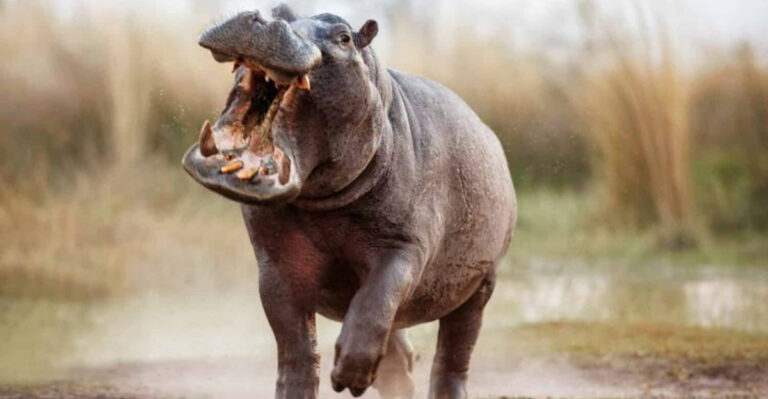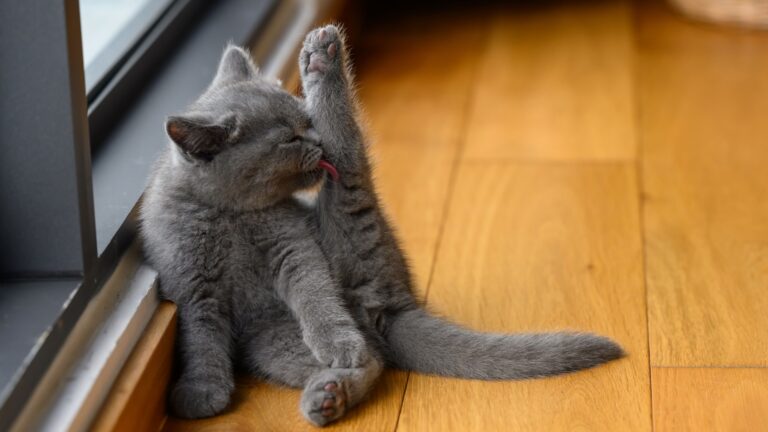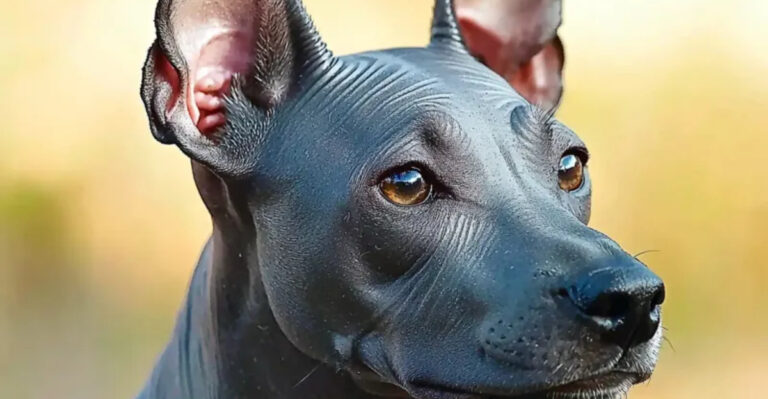15 Pet Trends Millennials Avoid
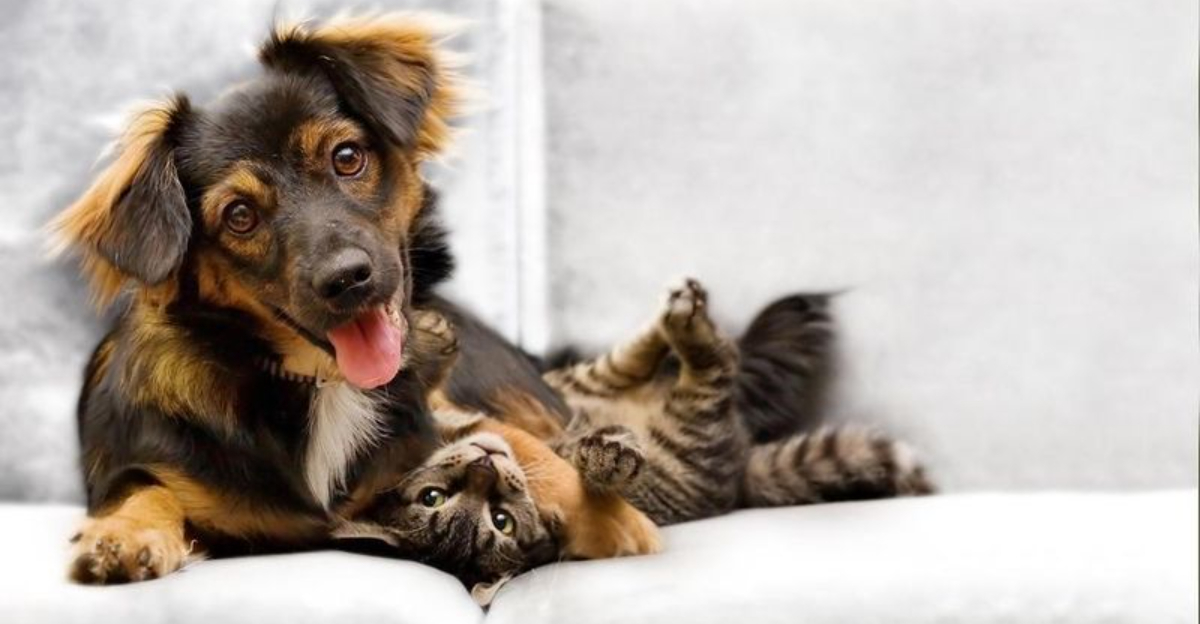
Our furry friends bring joy to our lives, but not all pet trends are created equal. Millennials, known for their thoughtful consumer choices, have started shifting away from certain pet products, services, and practices.
Here’s a look at what this generation is skipping when it comes to their beloved animal companions.
1. Designer Breed Price Tags
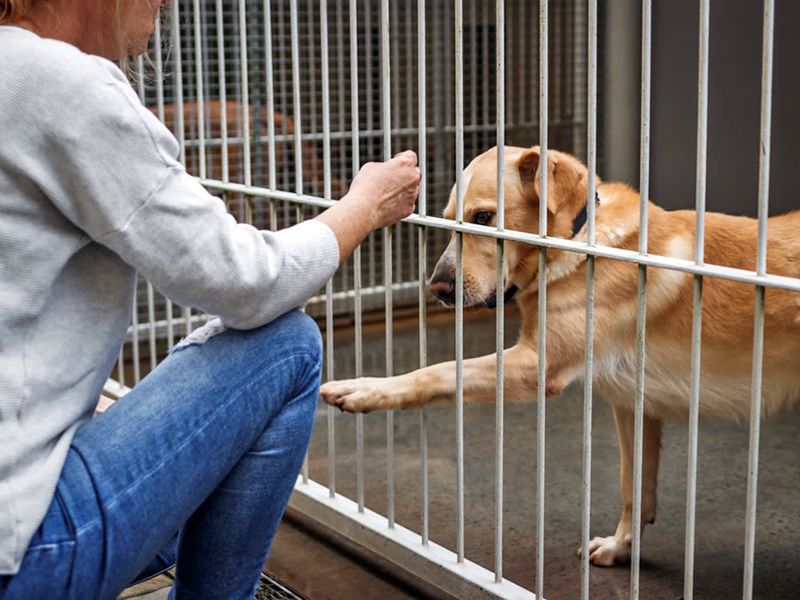
Sticker shock is real when it comes to trendy crossbreeds with fancy names. Many millennials reject paying thousands for a “designer dog” when shelters overflow with loving pets needing homes.
This generation prioritizes adoption over shopping, viewing rescue as both financially sensible and ethically responsible.
2. Extreme Breed Characteristics

Flat-faced pugs struggling to breathe? No thanks! Millennials increasingly avoid breeds with exaggerated features that cause health problems.
Growing awareness about how these characteristics impact quality of life has this generation seeking pets bred for health rather than appearance. They’re speaking with their wallets against harmful breeding practices.
3. Elaborate Pet Fashion Shows
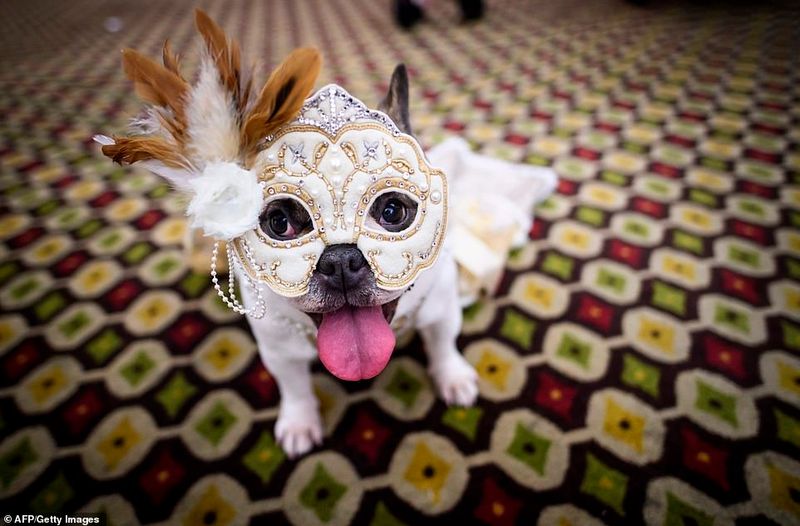
Gone are the days of parading pets in uncomfortable costumes for social media fame. Millennials recognize the stress these spectacles cause their four-legged friends.
While a cozy sweater for chilly walks makes sense, forcing animals into elaborate outfits for human entertainment doesn’t align with their values of pet respect and dignity.
4. Single-Species Households
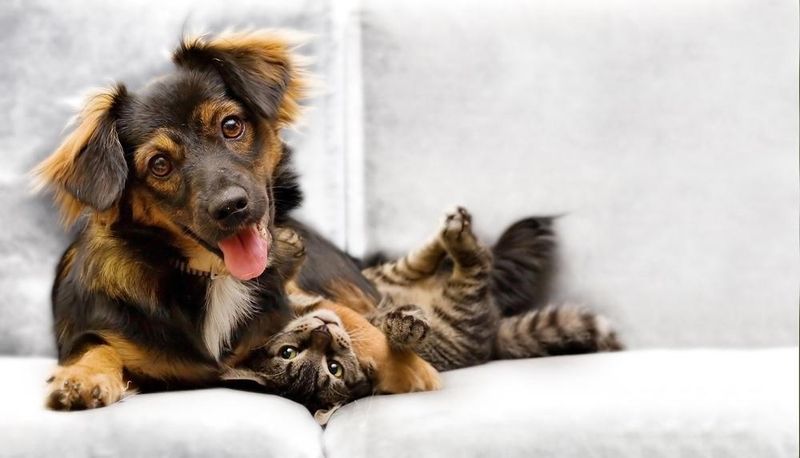
Breaking tradition, millennials embrace multi-species homes where cats and dogs coexist with rabbits, birds, or reptiles. The old notion that certain pets can’t mix is fading fast.
This generation researches proper introductions and creates environments where diverse animal companions can thrive together, forming unique inter-species bonds that enrich everyone’s lives.
5. Purely Decorative Fish Tanks
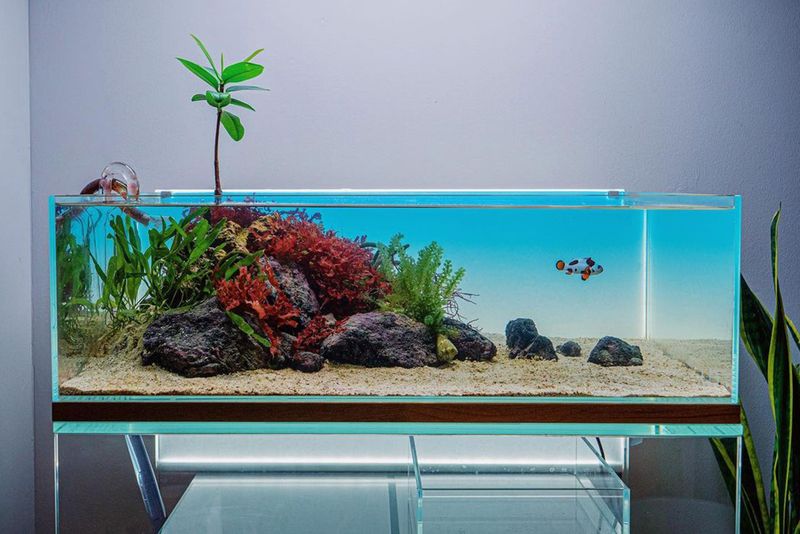
Remember those tiny bowls with lonely goldfish? Millennials won’t touch them. This generation understands aquatic pets need proper filtration, space, and enrichment. Instead of decorative fish accessories like neon gravel and plastic plants, they’re creating natural-looking ecosystems.
Fish are now respected housemates rather than living decorations.
6. Chemical-Heavy Lawn Care
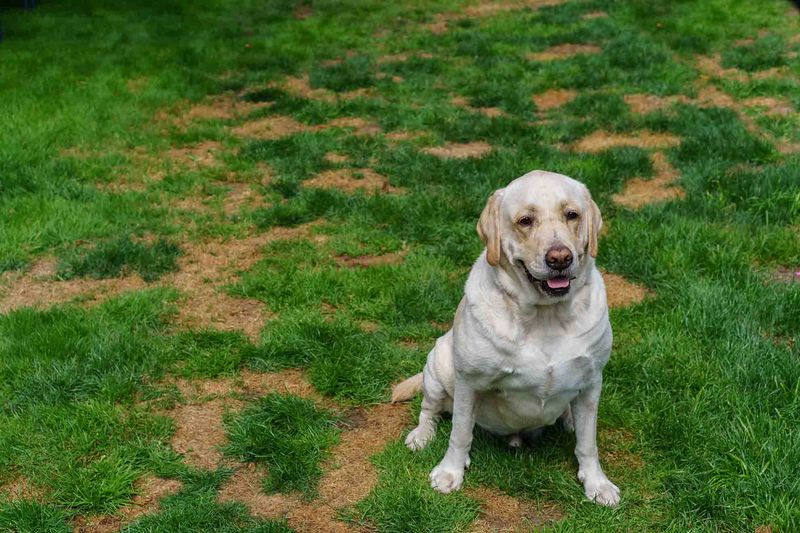
Perfectly manicured, chemically-treated lawns are losing appeal as millennials learn about their impact on pet health. Those pristine green carpets often come with warnings to keep animals away. Instead, this generation embraces pet-safe landscaping alternatives.
Natural lawn solutions protect curious paws and snouts from harmful toxins while still maintaining outdoor spaces.
7. Breed-Specific Social Media Accounts

Creating Instagram accounts dedicated solely to showcasing purebred status is falling out of favor. Millennials recognize this practice often reinforces harmful breeding standards and commodifies animals.
When they do share pet content, it typically highlights personality over pedigree. The focus shifts to genuine moments rather than breed-based bragging rights.
8. Automated Pet Care Gadgets
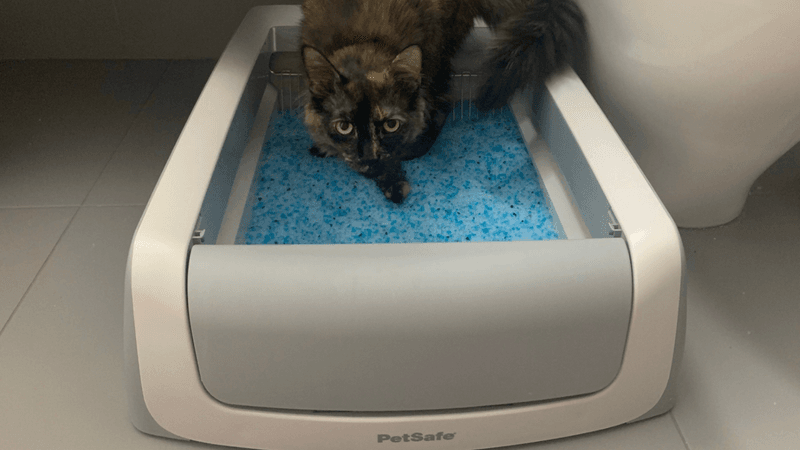
Despite their tech-savvy reputation, millennials aren’t rushing to buy every automated pet gadget. Those promise-filled automatic feeders and self-cleaning litter boxes? Many find them unreliable and disconnecting.
This generation values hands-on interaction with their pets. They see feeding time and other care routines as bonding opportunities rather than chores to automate away.
9. Impulse Exotic Pet Purchases
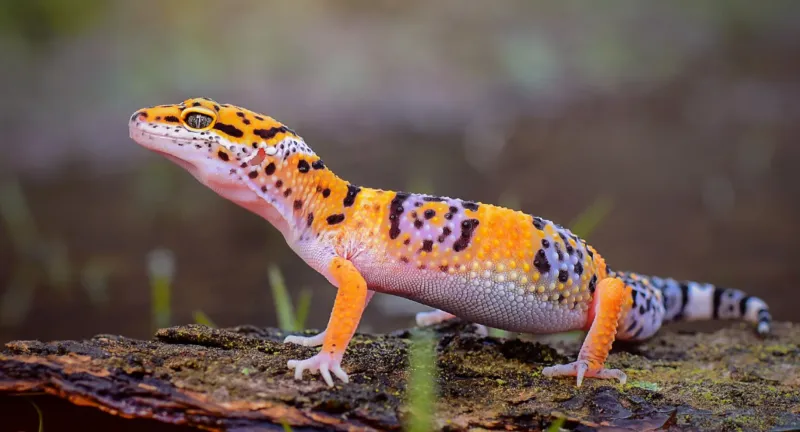
Unusual pets might turn heads, but millennials increasingly avoid impulsive exotic animal purchases. The reality of specialized care requirements often hits hard after the novelty wears off. This generation researches extensively before bringing any animal home.
They understand that sugar gliders, hedgehogs, and reptiles need specific environments that many homes simply cannot provide properly.
10. Exclusive Pet Boutiques

Luxury pet boutiques with astronomical price tags are getting side-eye from practical millennials. $200 for a designer pet bed? Not when quality alternatives exist for a fraction of the price.
Value-conscious pet parents compare options carefully. They’ll splurge on health and nutrition but skip status-symbol accessories that serve identical functions to more affordable alternatives.
11. Breed-Specific Rescues Only

Waiting years for a specific purebred rescue? Many millennials pass on this trend. While breed-specific rescues do valuable work, this generation often embraces the mixed-breed lottery.
They’re discovering the joy of adopting based on personality and connection rather than predetermined characteristics. Those “mystery mutts” often surprise with their unique traits and adaptability.
12. Raw Food Diet Extremism

Raw feeding has passionate advocates, but millennials typically avoid diet extremism for their pets. They’re skeptical of one-size-fits-all nutritional claims lacking scientific consensus. Instead, they consult veterinarians about their specific pet’s needs.
This balanced approach means choosing appropriate diets based on health requirements rather than following the latest pet food trend.
13. Holiday-Themed Pet Photoshoots
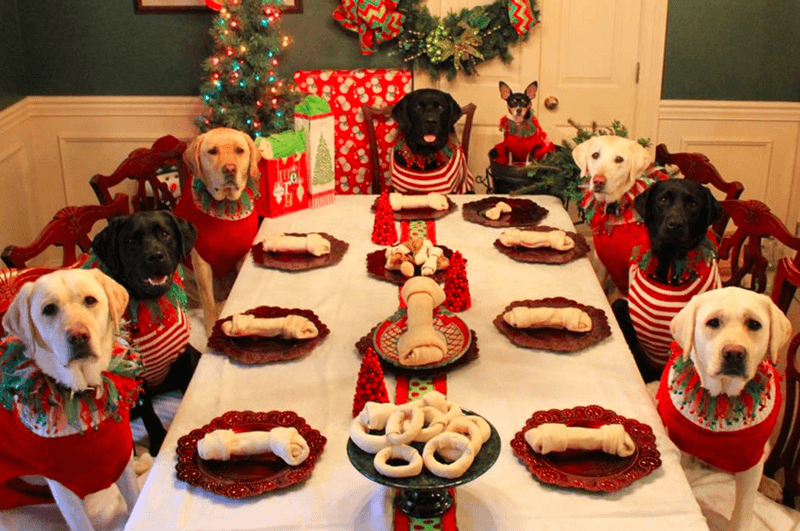
Forcing reluctant pets into Santa hats for holiday cards? Many millennials skip these stress-inducing photo sessions. They recognize their animals’ discomfort isn’t worth a cute picture.
When they do capture seasonal moments, it’s typically during natural interactions. The focus shifts to genuine experiences rather than perfectly posed holiday imagery that causes anxiety for their companions.
14. Outdated Training Methods

Harsh corrections and dominance-based training are firmly in millennial pet owners’ rearview mirror. Research showing these methods increase anxiety and aggression has changed approaches dramatically.
Positive reinforcement techniques have taken center stage. This generation embraces science-backed training that builds trust and communication rather than fear, creating happier relationships with their animal companions.
15. Short-Term Pet Commitments

Getting a pet just for the Instagram phase? Not for this generation. Millennials recognize that animals are 10-20 year commitments, not temporary accessories. They’re planning pet ownership around life changes like moves and career shifts.
This long-term perspective means fewer abandoned animals when circumstances change, reflecting a more responsible approach to bringing animals into their lives.



